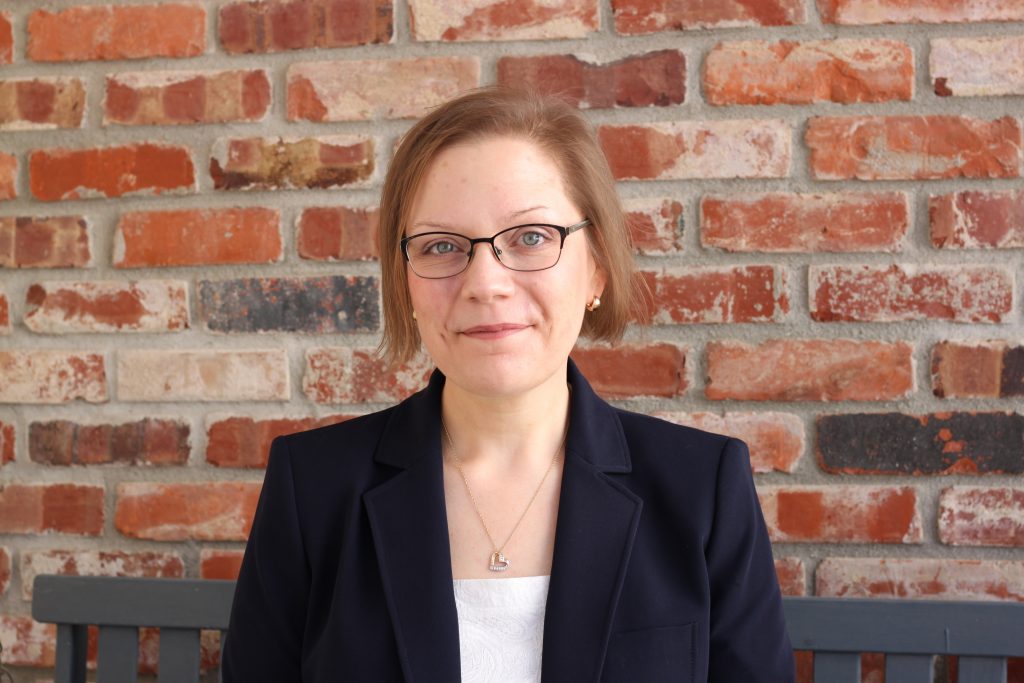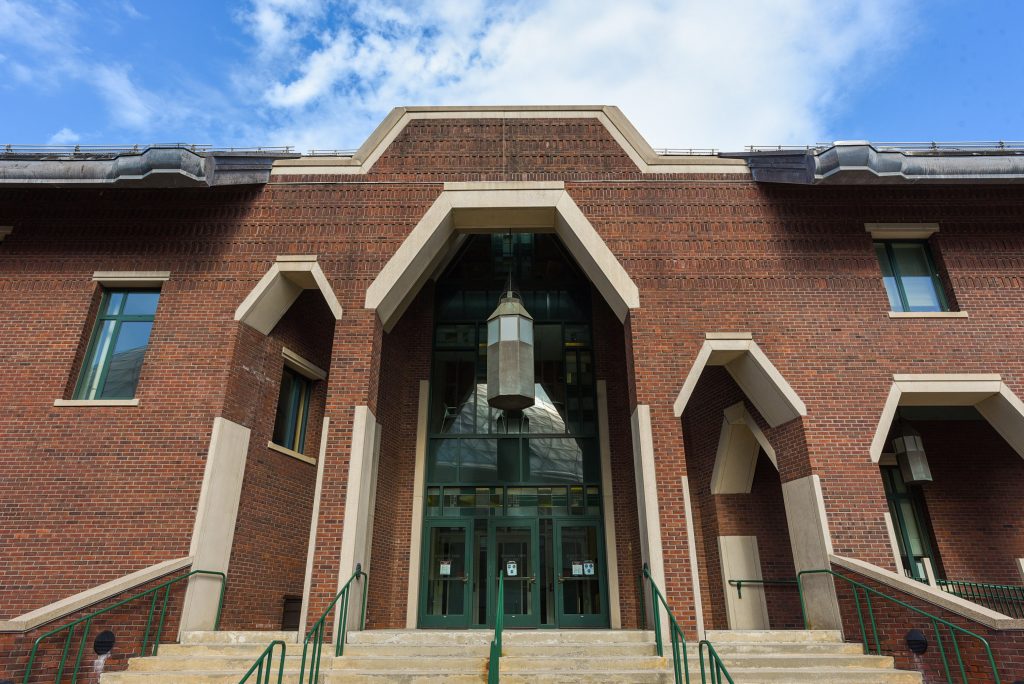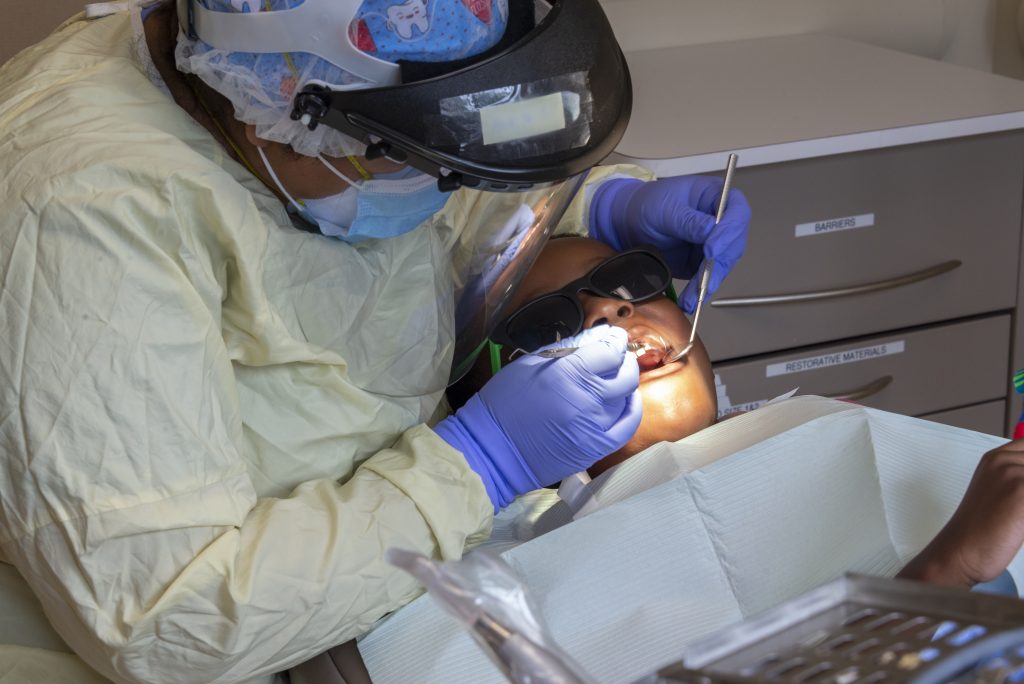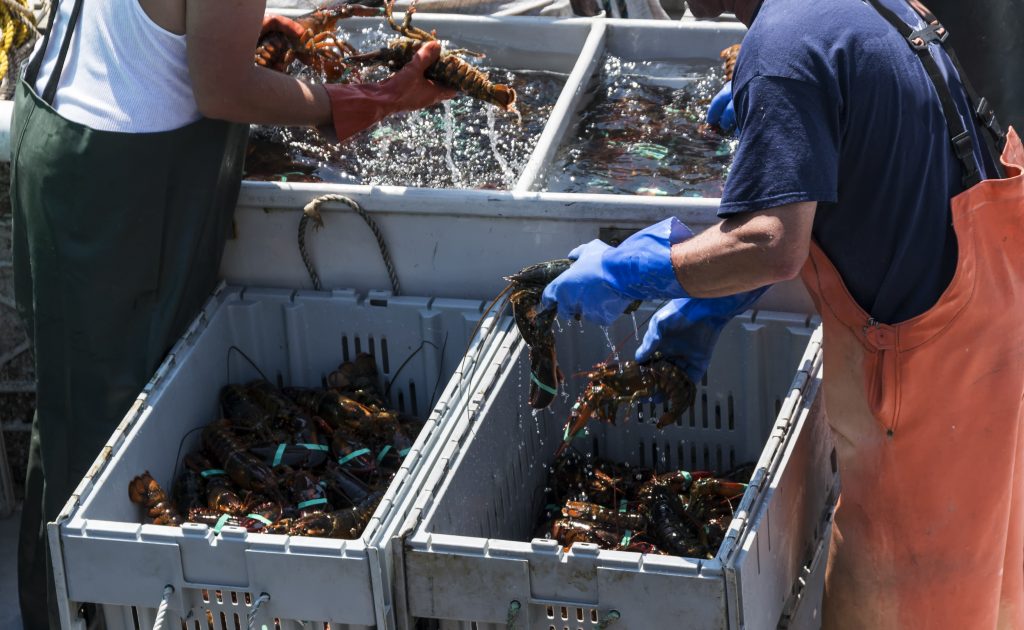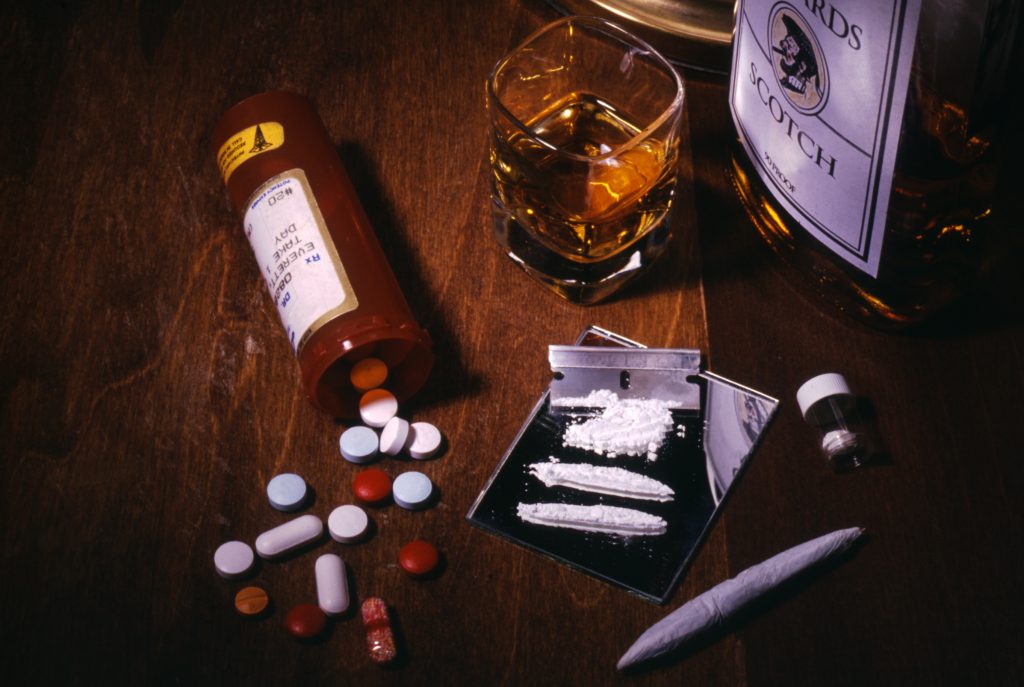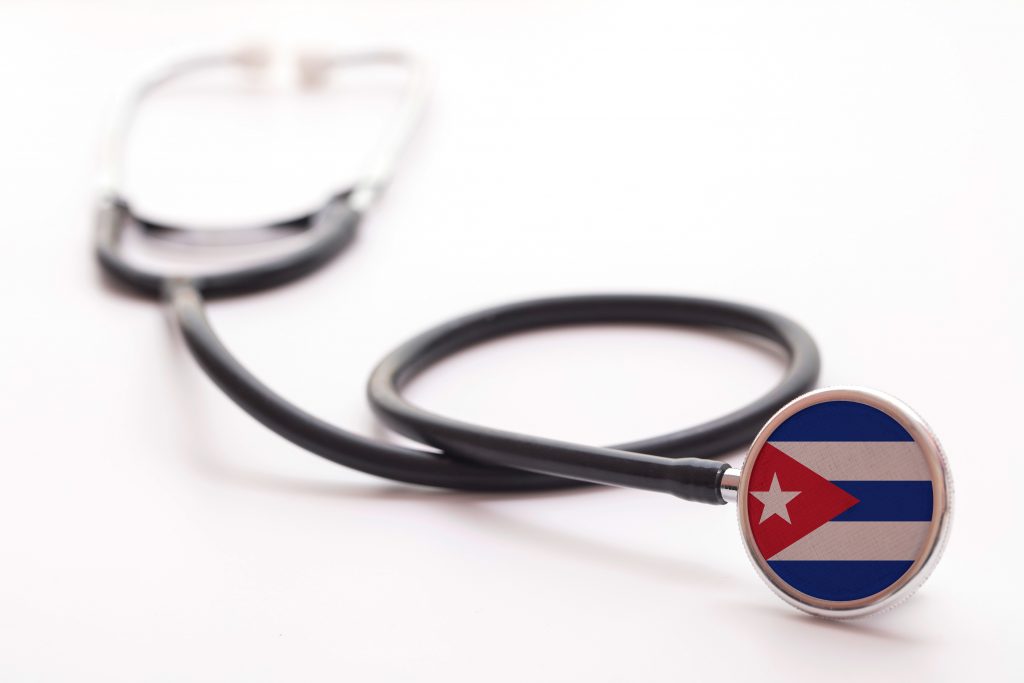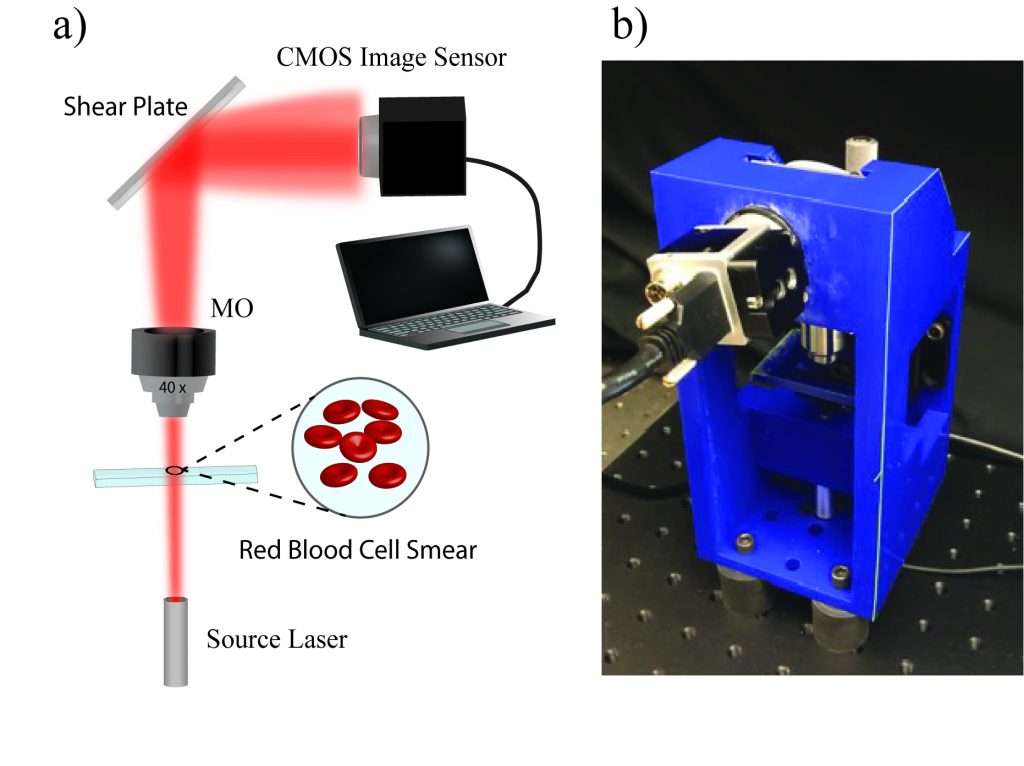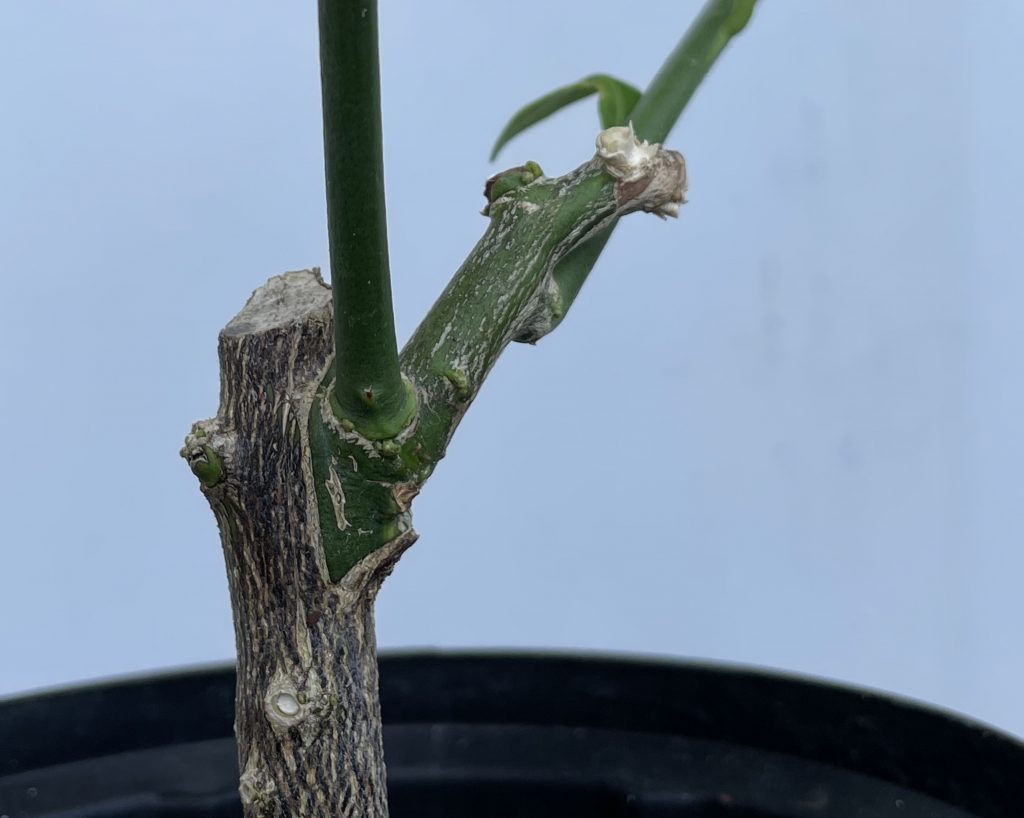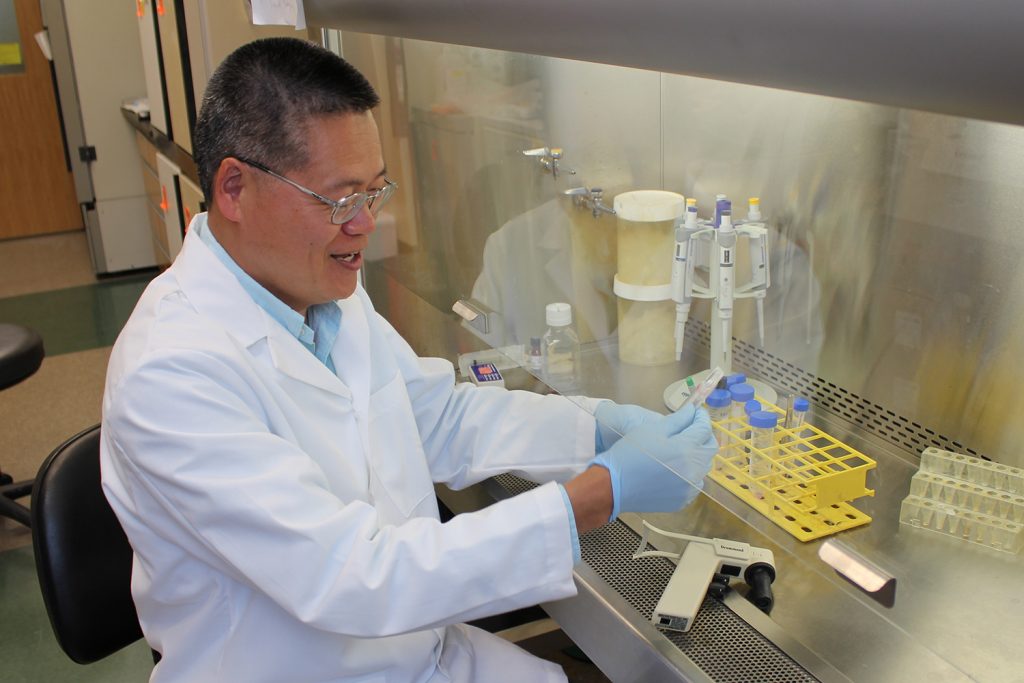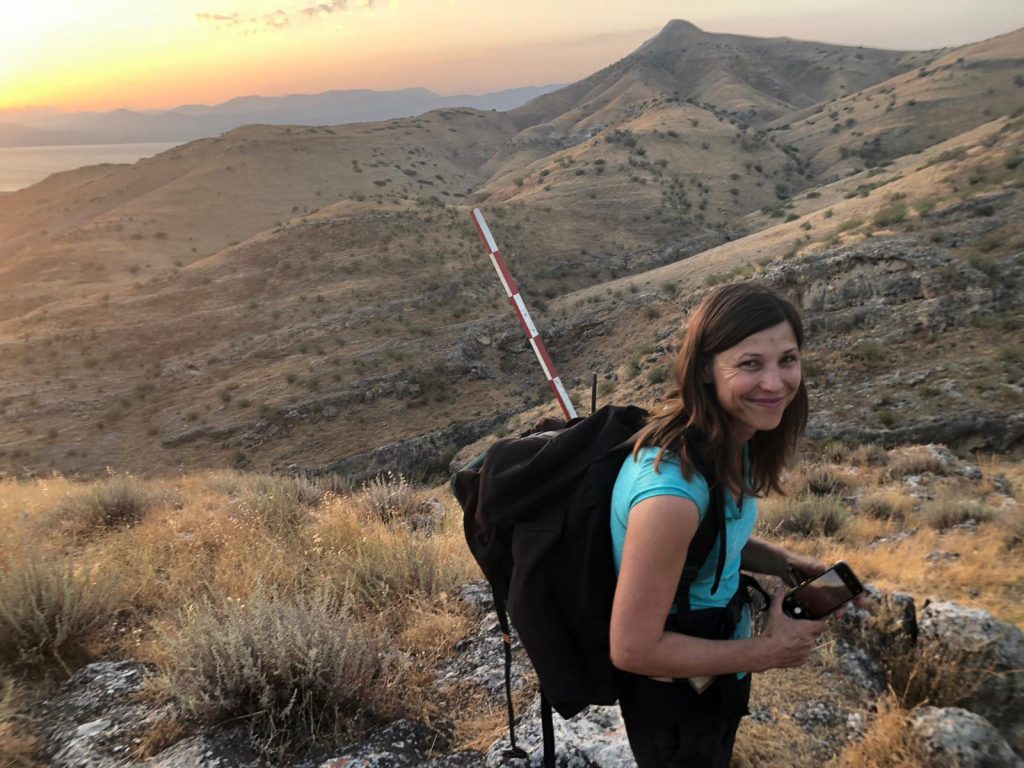Research & Discovery
Sydney Everhart Appointed Head of Plant Science and Landscape Architecture
Molecular epidemiologist Sydney Everhart will join the College of Agriculture, Health and Natural Resources to lead the Department of Plant Science and Landscape Architecture
June 2, 2021 | Jessica McBride, PhD
CT Small Business Development Center Supports Businesses During, After COVID-19
The Connecticut Small Business Development Center, housed in the UConn School of Business, saw demand for its services soar during the pandemic
Study Confirms COVID Infection Rates of Dentists Remain Lower Than Other Health Professionals
Enhanced infection control procedures help keep infection rate low among dentists
June 2, 2021 | Courtney Chandler
Gaining a Clearer Understanding of Ocean Acidification in the Northeast
Challenging conditions for familiar species like lobsters and scallops loom by mid-century
June 2, 2021 | Elaina Hancock
UConn Researcher Evaluating an Intervention to Keep Young Adults Engaged in Substance Use Treatment
UConn researcher Kristyn Zajac is studying the feasibility of an innovative intervention that uses peers supports to help keep young adults engaged in substance use treatment.
UConn-Cuba Program Advances Health Promotion Research
The international research team looked at social determinants in the onset of cancer, obesity, HIV, and addiction
June 1, 2021 | Anna Zarra Aldrich, College of Agriculture, Health and Natural Resources
UConn Researchers Develop Cheap, Accurate Device to Diagnose COVID-19
How red blood cells and laser light offer the opportunity to make a rapid diagnosis
May 26, 2021 | Kim Krieger
Building a Better Plant: UConn Researcher Develops Improved Technology for Grafting
UConn researcher Yi Li has invented a novel grafting technique that improves several factors important for healthy plant growth
Novel Immune Checkpoints Have Applications for Cancer, Autoimmune Disease Treatment
UConn researcher Laijun Lai has developed recombinant proteins and antibodies to combat autoimmune diseases and immunosuppression in cancer patients
Meet the Researcher: Natalie Munro, College of Liberal Arts and Sciences
Natalie Munro uses what our human ancestors discarded to learn about how we started to domesticate animals.
